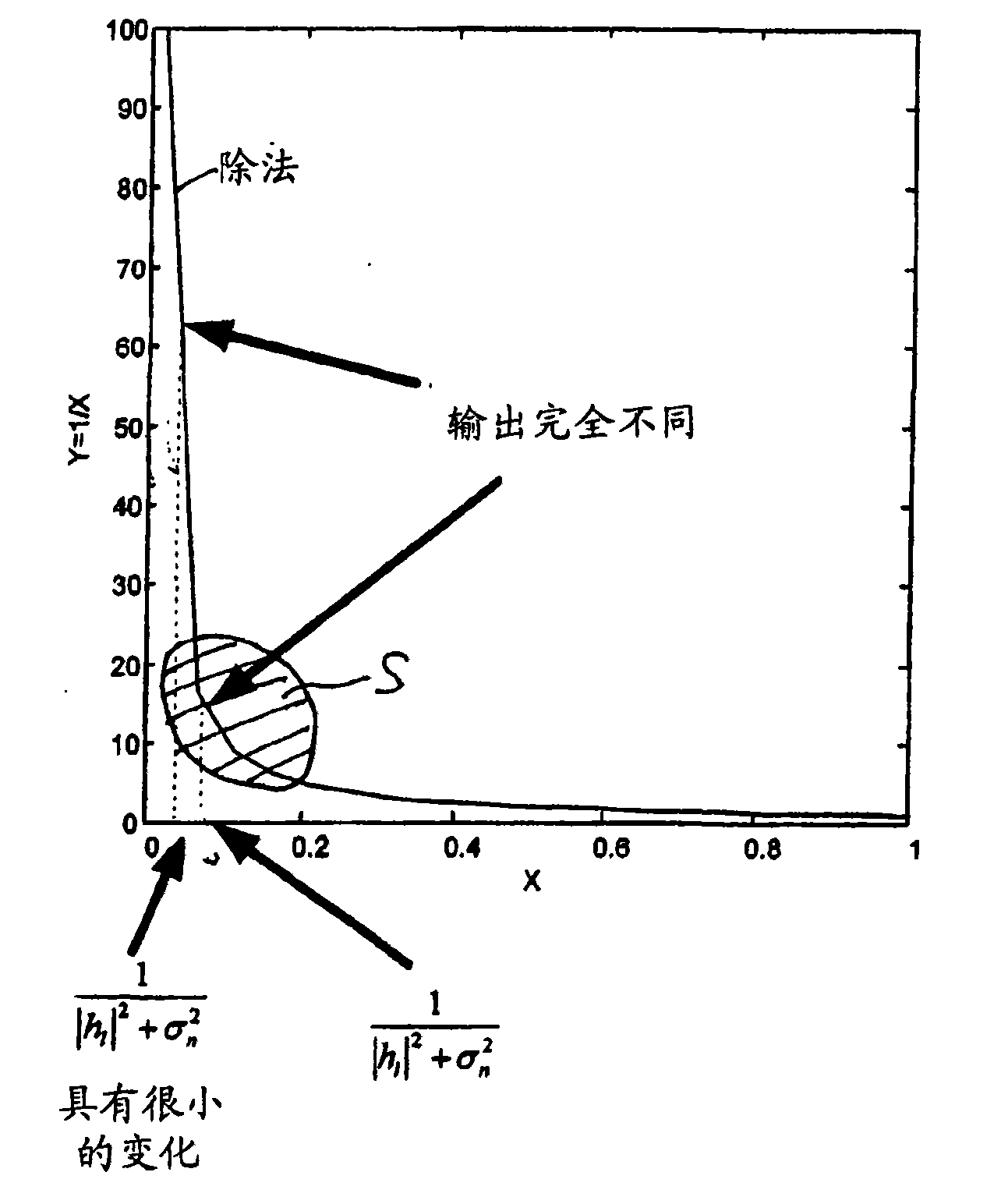Receiving apparatus and method for receiving signals in a wireless communication system
A wireless communication system and a technology for receiving signals, applied to transmitter/receiver shaping networks, transmission systems, baseband systems, etc., capable of solving problems such as divider output differences
- Summary
- Abstract
- Description
- Claims
- Application Information
AI Technical Summary
Problems solved by technology
Method used
Image
Examples
Embodiment Construction
[0027] Figure 4 A schematic block diagram of a receiving device 11 of the present invention is shown, comprising an antenna 1 for receiving radio signals in a radio communication system. The wireless communication system may be a single-carrier wireless communication system or a multi-carrier wireless communication system. Throughout the application, the same elements are assigned the same reference numerals.
[0028] Such as Figure 4 The shown receiving device 11 is adapted to receive radio signals via the antenna 1 . The received signal is then forwarded to receiving means 2, which are adapted to downconvert the received signal to baseband. The down-converted signal is then processed in automatic gain control means 3 which performs automatic gain control on the received signal. Thereafter, equalization means 7 performs equalization on the received signal based on the result of channel estimation performed by channel estimator 8 based on the channel estimation sequence ...
PUM
 Login to View More
Login to View More Abstract
Description
Claims
Application Information
 Login to View More
Login to View More - R&D
- Intellectual Property
- Life Sciences
- Materials
- Tech Scout
- Unparalleled Data Quality
- Higher Quality Content
- 60% Fewer Hallucinations
Browse by: Latest US Patents, China's latest patents, Technical Efficacy Thesaurus, Application Domain, Technology Topic, Popular Technical Reports.
© 2025 PatSnap. All rights reserved.Legal|Privacy policy|Modern Slavery Act Transparency Statement|Sitemap|About US| Contact US: help@patsnap.com



